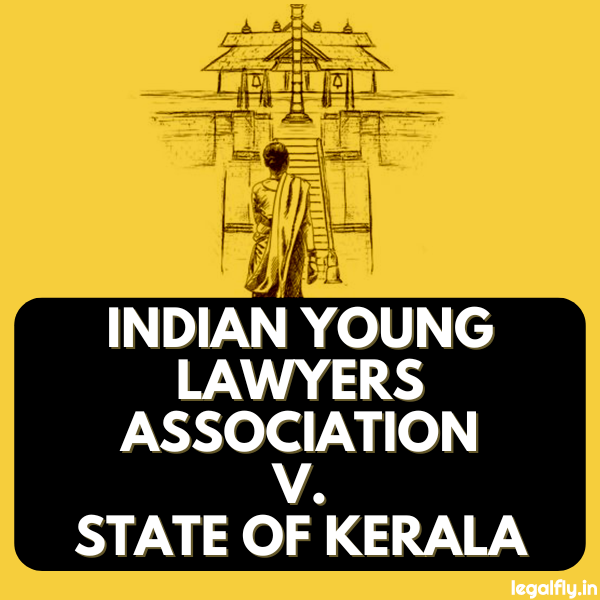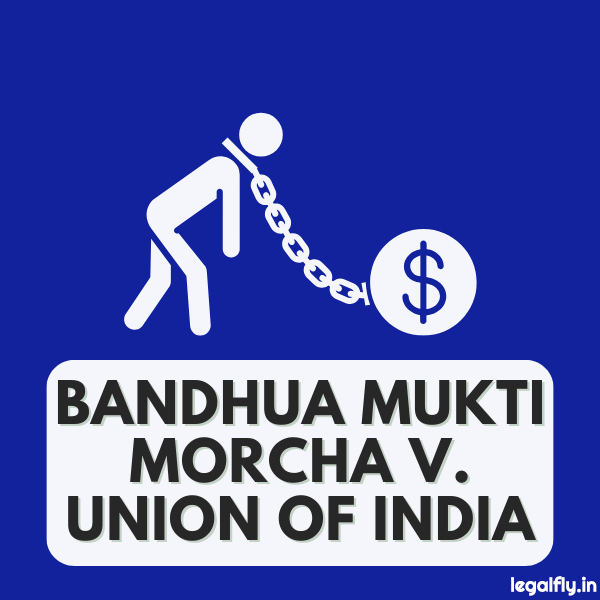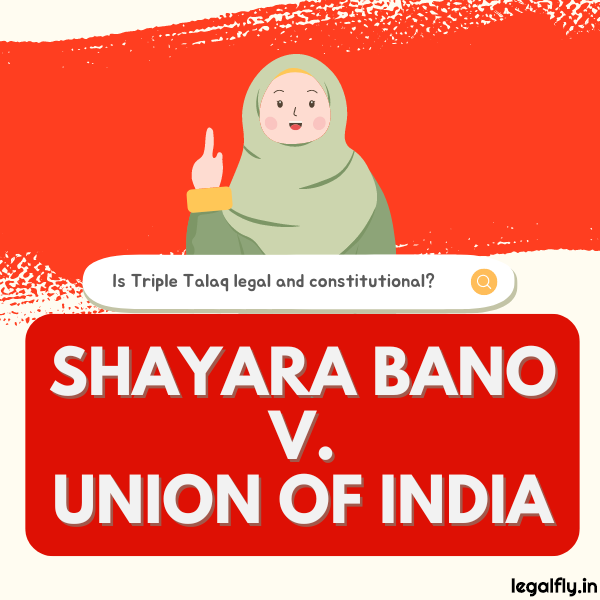Case Name: Indian Young Lawyers Association & Ors. vs. The State of Kerala & Ors.
Court: Supreme Court of India
Year: 2018
Citation: (2018) 10 SCC 689
Table of Contents
Introduction to the Sabarimala Temple Case
The Sabarimala temple case refers to a landmark 2018 Supreme Court judgment in the case of Indian Young Lawyers Association v. State of Kerala. This case involved a challenge to the centuries-old ban on women of menstruating age entering the Sabarimala temple in Kerala.
The key legal questions addressed were:
- Whether the prohibition on women’s entry into Sabarimala violated their fundamental rights to equality under Articles 14, 15, and 17, as well as freedom of religion under Article 25 of the Constitution.
- Whether freedom of religion under Article 25 can allow restrictions based on biological factors exclusive to women, such as menstruation.
- Whether the Sabarimala temple qualifies as a denominational temple with autonomy over its religious practices under Article 26.
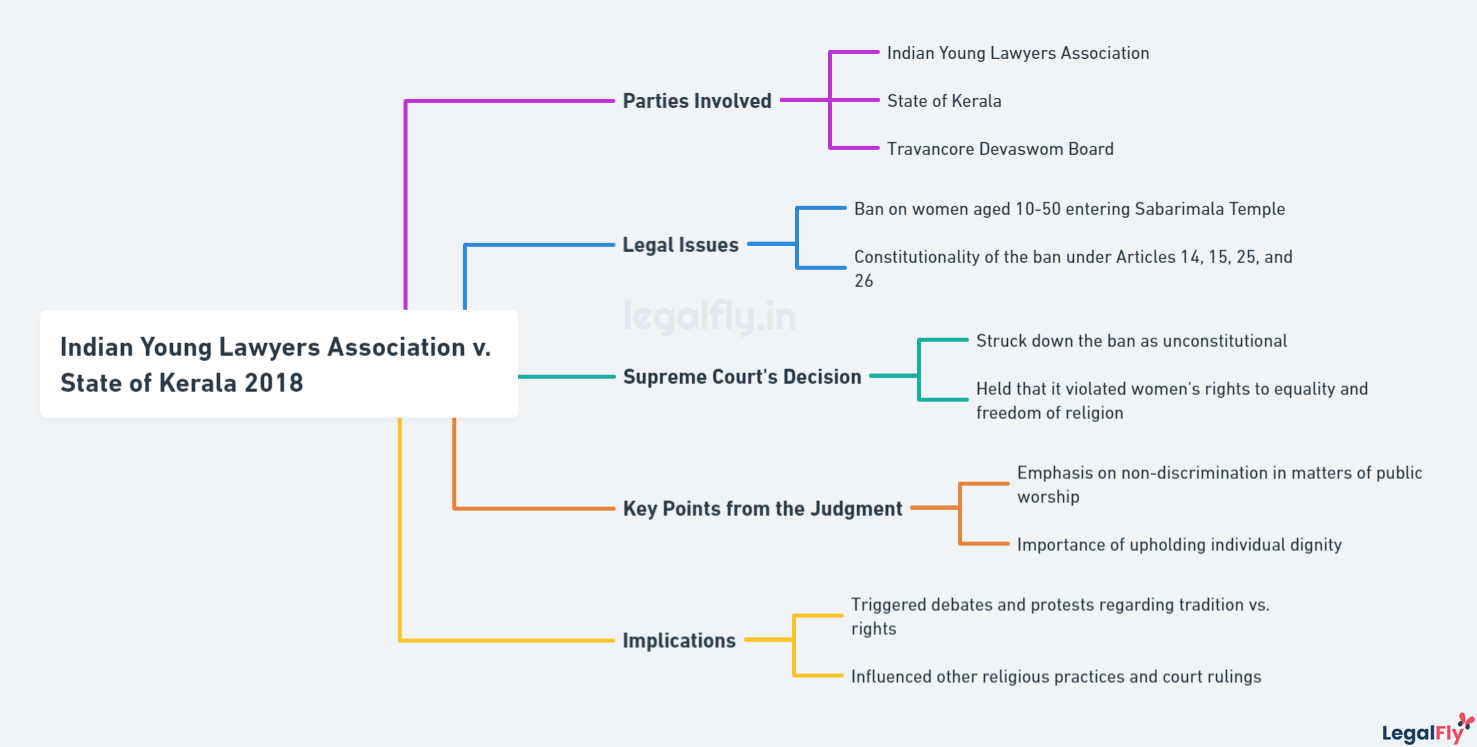
The case emerged in the context of rising litigation and activism challenging discriminatory religious practices across India. It sparked a national debate about women’s rights, religious freedom, and constitutional secularism.
The Petitioners and Respondents
The petitioners in this case were the Indian Young Lawyers Association, a group of young lawyers in India dedicated to promoting justice and upholding constitutional values. The Indian Young Lawyers Association filed a public interest litigation challenging the ban on women’s entry into the Sabarimala temple.
The respondents were the State of Kerala, the Travancore Devaswom Board, which oversees the Sabarimala temple, and the temple’s head priest. As the governing body responsible for administering Hindu temples in Kerala, the Travancore Devaswom Board enforced the traditional ban on women of menstruating age entering Sabarimala. The State of Kerala supported this position initially by arguing in favor of the ban in court.
Historical Background
The Sabarimala temple is one of the most prominent pilgrimage sites in India, located in the Periyar Tiger Reserve in the Western Ghat mountain ranges of Kerala. It is dedicated to the Hindu deity Ayyappan. The temple is estimated to be over 1000 years old.
The Sabarimala temple attracts over 50 million devotees each year, making it one of the largest annual pilgrimages in the world. It is open to worshippers of all faiths and backgrounds. However, there have been long-standing restrictions on the entry of women between the ages of 10 and 50. This exclusion of women in a certain age group is claimed to be related to legends surrounding the deity Ayyappan’s celibacy.
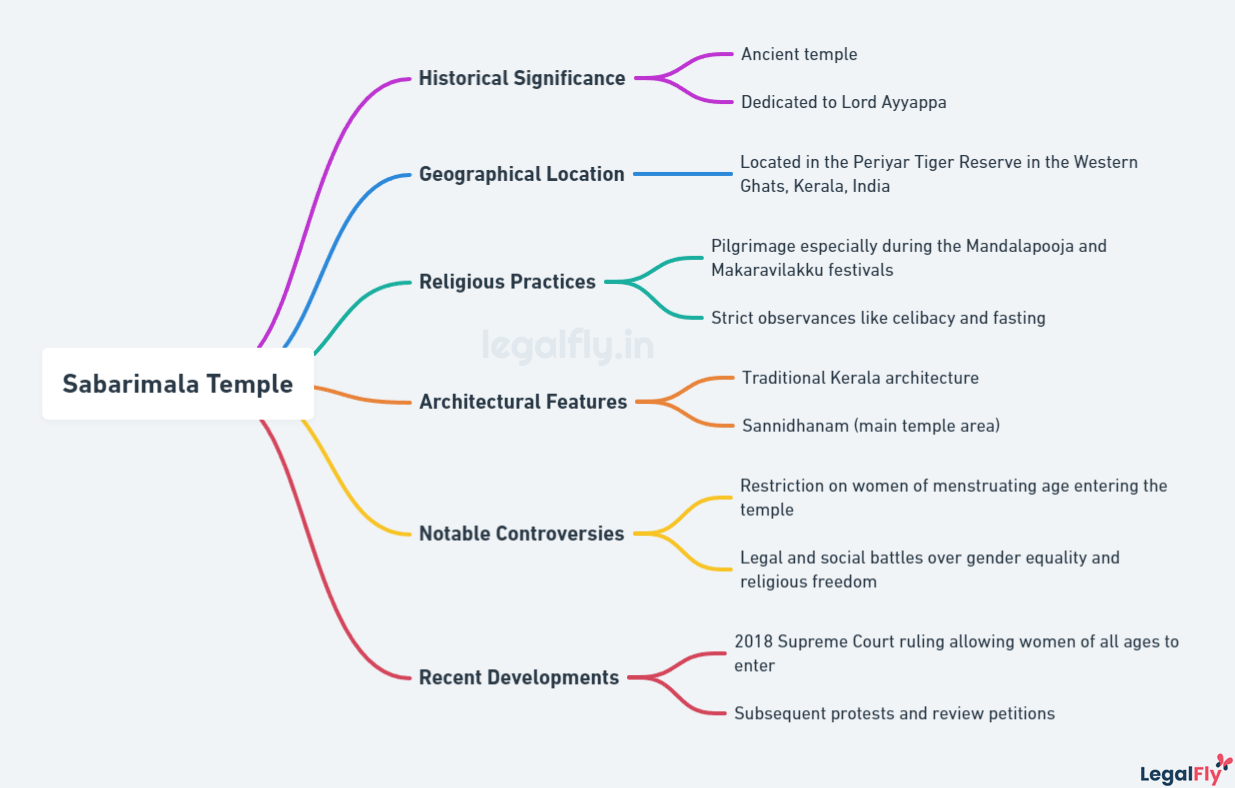
Historically, women of menstruating age were not permitted to enter the temple premises. This was considered part of the temple’s traditions. However, this restriction was given legal backing in Kerala’s high court rulings in 1991 and later affirmed by the Kerala Hindu Places of Public Worship (Authorisation of Entry) Rules, 1965. These rulings upheld the prohibition on women’s entry as an “immmemorial usage” of the temple.
This exclusion of women from the Sabarimala shrine became controversial in more recent times as a violation of women’s constitutional rights to equality and freedom of religion. The traditional restriction was challenged in the Supreme Court leading to a landmark judgment in 2018.
The Supreme Court’s Decision – Indian Young Lawyers Association v. State of Kerala
In September 2018, a 5-judge bench of the Supreme Court delivered its verdict in the Sabarimala temple entry case. The judgment, written by then-Chief Justice Dipak Misra, was supported by Justices A.M. Khanwilkar, R.F. Nariman, D.Y. Chandrachud, and Indu Malhotra.
The 4:1 majority held that the ban on women aged 10-50 from entering the Sabarimala temple was unconstitutional and discriminatory. The court ruled that women of menstruating age cannot be excluded from the temple on the grounds of “morality” under Articles 25 and 26 of the Constitution.
The judgment stated that patriarchy in religion cannot be allowed to trump over faith, and that banning entry of women to the temple is a form of “untouchability” which is prohibited under Article 17 of the Constitution. It asserted that devotion cannot be subjected to gender discrimination.
The court applied a doctrinal prohibition test to examine whether the ban qualified as an essential religious practice under Article 25. Since there was no scriptural evidence of such a prohibition, the court concluded it was not an essential practice. Exclusion due to biological reasons was held to be unconstitutional.
The judgment also cited Articles 14, 15, and 21 to state that the ban violates principles of equality, non-discrimination, and liberty. It said that physiological features cannot determine rights of worship. Customs and usages must evolve with principles of constitutional morality.
Overall, the Supreme Court asserted that women have an equal right to worship and made a progressive decision to lift the restrictive ban on women’s entry into Sabarimala temple.
Impact of the Judgment
The Supreme Court’s verdict allowing women of menstruating age to enter the Sabarimala temple had immediate effects on temple entry as well as wider implications for religious practices across India.
The state government of Kerala announced it would abide by the Supreme Court’s judgment and allow women of all ages to enter the temple. However, initial attempts by women activists to enter Sabarimala after the verdict were blocked by large protests from devotees and conservative Hindu groups. It was not until January 2019 that two women finally managed to enter the temple under police protection, marking the first time women of menstruating age successfully entered after the ruling.
The Sabarimala verdict was seen as having wider implications for women’s rights and gender equality in religious spaces across India. Many activists hoped it would set a precedent for women to gain access to other Hindu temples that barred their entry. However, some critics argued the ruling was an improper intervention by the courts into matters of tradition and belief. The debate reflected the ongoing struggle to balance religious freedom and constitutional rights in Indian society.
Reactions to the Verdict
The Supreme Court’s decision on the Sabarimala case elicited strong reactions from various quarters in India.
Public and Political Reactions
Many Hindu groups and organizations expressed disappointment with the verdict. The RSS called it “an attack on Hindu values and traditions”. Politicians like Rahul Gandhi stated that while he personally agreed with the verdict, the wishes of devotees should be respected. However, other political leaders like Shashi Tharoor welcomed the judgment.
Response from Religious Leaders
The head priest of Sabarimala temple, Kandararu Rajeevaru, expressed disappointment and said he would study the verdict in detail before commenting further. The Pandalam royal family, closely associated with the temple, said devotees’ sentiments should be respected. Prominent Hindu spiritual leaders were divided – while Sri Sri Ravi Shankar opposed the verdict, Sadhguru Jaggi Vasudev welcomed it.
Legal Challenges and Repercussions
The 2018 Supreme Court judgment on Sabarimala immediately opened the door for women of menstruating age to enter the temple. However, it also triggered a series of legal challenges and repercussions.
Review Petitions and Their Outcomes
The Sabarimala verdict led to the filing of over 50 review petitions by various groups and individuals, challenging the reasoning and legitimacy of the judgment. These sought a reconsideration of the ruling by a larger bench of the Supreme Court.
Key arguments raised in the review petitions included:
- The petitioners had no standing in the original case (locus standi) as they were not devotees of Lord Ayyappa.
- Constitutional questions on religious practices should have been referred to a larger bench rather than decided by the five-judge bench.
- The court should not interfere in centuries-old religious customs and usages.
However, in November 2019, a five-judge Constitution bench headed by Chief Justice Ranjan Gogoi ruled by a majority of 3:2 to refer the judgment to a larger bench without staying the original judgment. This kept the Sabarimala temple open to women of all ages while leaving scope for re-examining the verdict.
Ultimately, in February 2020, the Supreme Court dismissed the batch of review petitions against its 2018 judgment. This reaffirmed the earlier ruling lifting age restrictions on women entering Sabarimala. The issue of discrimination against women in various religions, however, remains open for debate.
Societal Impact
The Supreme Court’s decision to allow women of menstruating age to enter the Sabarimala temple has had a significant impact on society in Kerala and beyond. The judgment challenged long-held traditional beliefs and sparked debate about women’s rights versus religious customs.
Changes in Social Attitudes
The Sabarimala case highlighted the deep-rooted patriarchy and misogyny that exists in certain religious traditions that consider menstruating women as “impure.” Many supporters of the verdict argue it has led to some changes in social attitudes, though gradual and not without opposition. More people, especially the younger generation, are questioning the rationale behind banning women based on biological reasons. Some progressive temples in Kerala have opened their doors to women of all ages. The discourse has shifted more towards upholding constitutional rights over discriminatory practices.
However, conservative sections of society, including orthodox religious leaders, remain strongly opposed to the verdict. There are concerns over religious traditions being interfered with, and beliefs disrespected. Protests erupted after the judgment and violent backlash against women attempting to enter Sabarimala continues in defiance of the court order. The case remains divisive and politically charged in Kerala.
Impact on Other Religious Traditions
The Sabarimala judgment has also impacted other religious traditions across India that prohibit women from entering places of worship. Progressive calls are growing to allow women in Mumbai’s Haji Ali Dargah, Maharashtra’s Shani Shingnapur temple, and Assam’s Kamakhya temple. Some religious places like Pune’s Siddhivinayak Temple have opened doors to women after the verdict. However, women still face resistance in many religious sites. The Sabarimala case has encouraged fresh legal challenges against discriminatory religious practices across faiths. However, implementation and changing social attitudes remain a struggle.
The Role of Activism in the Case
Activists played a major role in bringing the legal challenge against the ban on women’s entry to Sabarimala temple. Groups like the Indian Young Lawyers Association spearheaded the initial public interest litigation that led to the Supreme Court’s landmark judgment. Activist lawyers framed the legal arguments challenging the traditional ban as a violation of constitutional rights to equality and freedom of religion.
Throughout the process, activists sustained public campaigns calling for women’s access to the temple. Prominent figures like Trupti Desai of the Bhumata Brigade tried entering the shrine after the verdict to test its implementation, keeping national attention focused on the issue. Though blocked by protesters, their efforts highlighted obstacles to enforcing the court order.
Looking ahead, activism will likely continue playing a vital role in religious freedom cases. Campaigners have spearheaded similar constitutional challenges against restrictions at Hindu temples and mosques across India. With the Sabarimala precedent, activists may pursue further legal battles against gender and caste-based religious discrimination. Their advocacy will shape the future trajectory of social reform and equal access to places of worship.
Conclusion: Reflecting on the Landmark Judgment
The Supreme Court’s decision in the Indian Young Lawyers Association v. State of Kerala case will go down as a landmark judgment in Indian legal history. The court’s ruling to allow women of menstruating age to enter the Sabarimala temple struck down a centuries-old tradition banning their entry.
The judgment has far-reaching implications for upholding the constitutional rights to equality, non-discrimination, and freedom of religion in India. By permitting women’s entry regardless of menstrual status, the court affirmed the principle that discrimination based on biological factors cannot be justified under the garb of religion. This reinforces the constitutional vision of establishing an equal and just society.
At the same time, the judgment sparked controversy and resistance from traditionalists. However, it has led the way for challenging other restrictive religious practices and taboos. Going forward, the verdict will likely advance progressive social change and greater gender equality in India. However, achieving meaningful change will require sustained legal activism combined with evolving social attitudes.
The Sabarimala case reminds us that the law can be a vital instrument of social reform. While respecting religious liberties, the court must step in when practices infringe upon fundamental rights. As India strives to balance tradition and modernity, this judgment will positively shape the outlook on freedom, equality and inclusion in Indian society.

